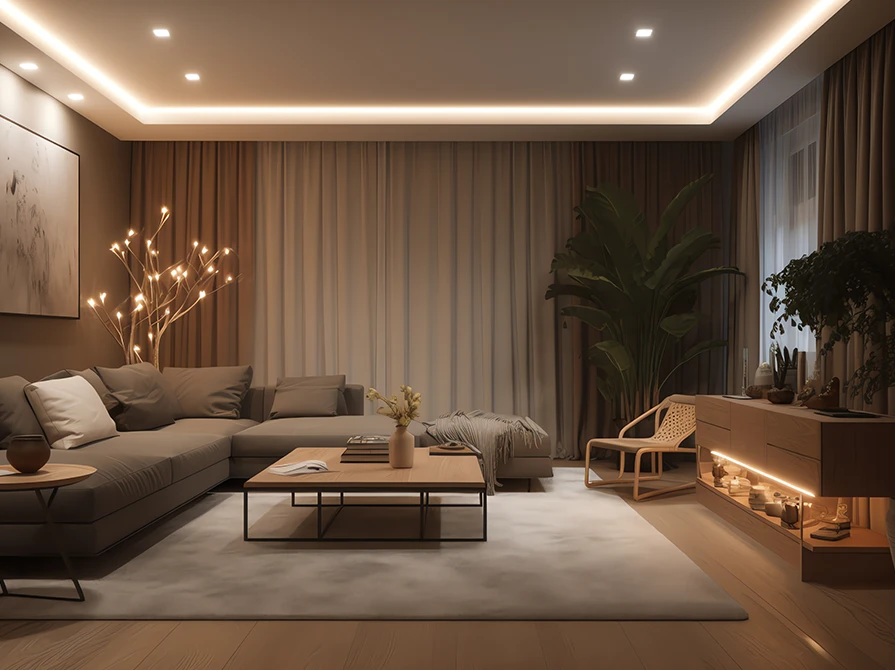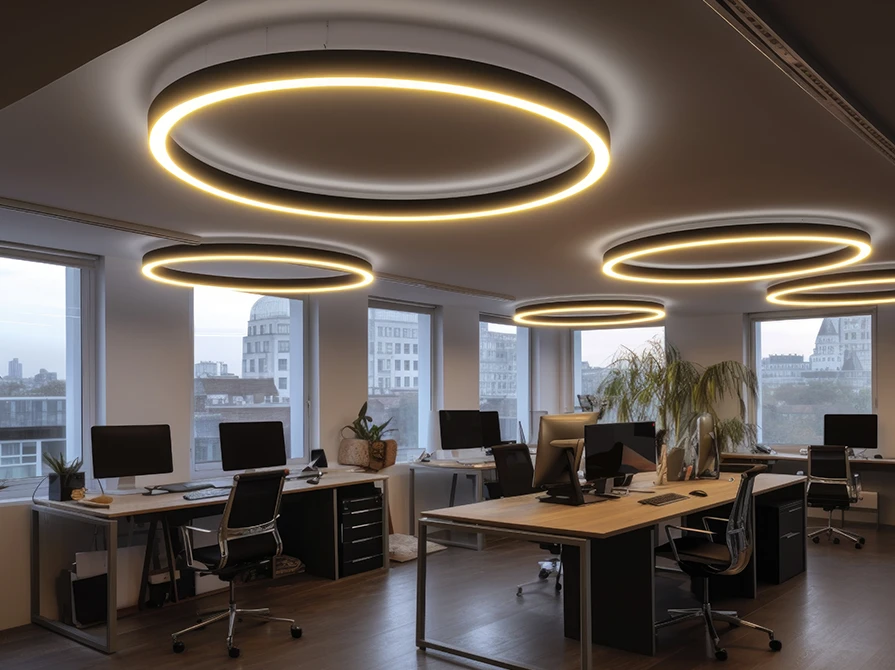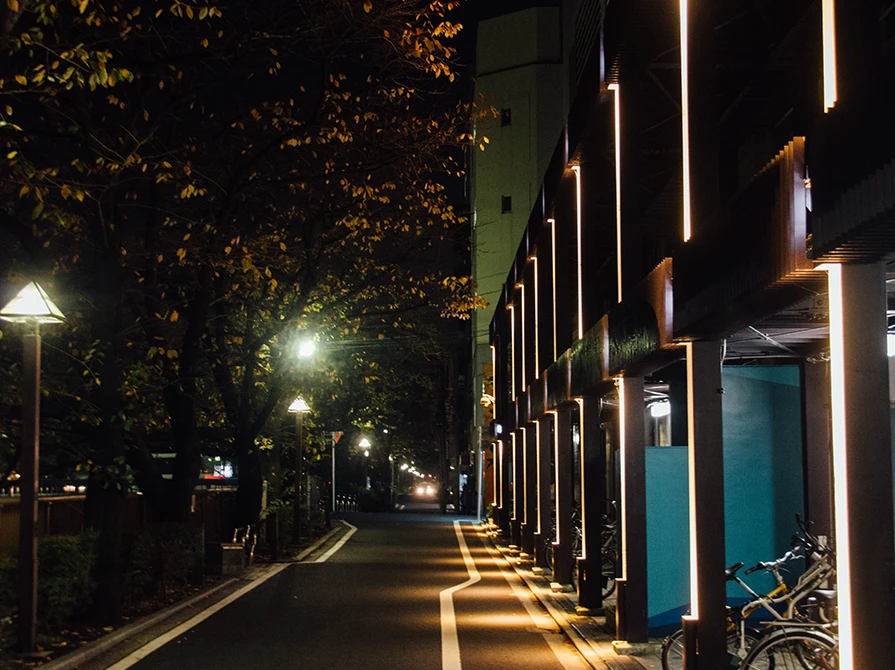


Have afternoon headaches become a part of your daily schedule? Is it an everyday thing for your eyes to feel fatigued and strained because of the conventional lighting fixtures at your workplace? Have you become more sensitive to light? If you nodded a yes to all these questions, it’s time that you ask your organisation to take preventive measures by switching to LED lights.
Believe it or not, LED lights offer tremendous benefits that extend beyond energy savings. Unlike conventional lighting sources that have been linked with multiple health conditions including migraine, LED lights are more comfortable on the eyes and cause no strain. Technologically-advanced LED light manufacturers like Wipro Lighting are continually working to make LED lights even better. Their wide range also includes smart and connected lighting that goes well with today’s technology-driven world.
Melatonin is a hormone which helps a person fall asleep and relax, and certain blue wavelengths of lights are known to hamper the production of this hormone. Human beings feel more alert and productive when there is a dearth of melatonin in the body. Since natural daylight has a higher amount of blue wavelength, it makes people more alert during daylight hours. However, when natural light is insufficient, LED lights at the targeted blue wavelength can be an efficient solution.
Several studies by health care providers and international consulting organisations have highlighted the health benefits of LED lighting. These studies have led to form a broader concept of ‘human-centric lighting’. Though the idea is not exclusive to LED lighting, it does emphasize on the health benefits of being exposed to variable wavelengths of illumination during the day. Human-centric lighting is the interplay of climate, space and light that acts positively on the health and well-being of the humans. It effectively alters intensity, spectrum and the timing of the LED fixtures to light up an area in a way that it bears synergy with the biological clock. Human-Centric Lighting works by emulating natural daylight for improved productivity and provides light that is ideal for humans.
Odd and extended work hours have become a part of today’s modern society. Not to mention, this has lead to a sedentary lifestyle and is slowly distancing people from their biological clock. Light plays a crucial role in regulating the sleep cycle. The latest advancements have made LEDs so efficient that they can mimic natural daylight. In terms of balancing the circadian rhythm, LEDs prove to be as effective as sunlight. Human-centric lights work in the body’s favour while accommodating the needs of the people. Not only are they relaxing to the eyes but also help in improving responsiveness to environmental promptness.
LEDs are controllable and tunable across a spectrum of colour temperatures. This is what enables the human-centric lighting approach. Measured in Kelvins, CCT (correlated colour temperature) is the colour appearance of an LED. Research shows that refreshing light increases an individual’s productivity. It further states that LEDs also help in creating a better working environment.
Conventional lighting solutions operate (and flicker) at 60hz which tend to cause irritation and headaches. LED lights, on the flip side, do not emit infrared light, so as a result, they reduce ‘fluorescent headache’ complaints. Plus, it shows a dip in eye strain complaints as well.
Human-centric lighting focuses on a confluence of smart sensors, LED lights, IoT network and design. LED lights have a digital source – they are powered by semiconductors making it fundamentally possible to control them over a network and tune them further. When human-centric lighting design is implemented, the entire system can be used to serve the purpose. LED lighting is a sensible alternative to conventional lighting on many levels. Contact any of the top LED light manufacturers like Wipro Lighting to discuss how their inSyncTM -can provide LED lighting as a solution to improve working conditions!







